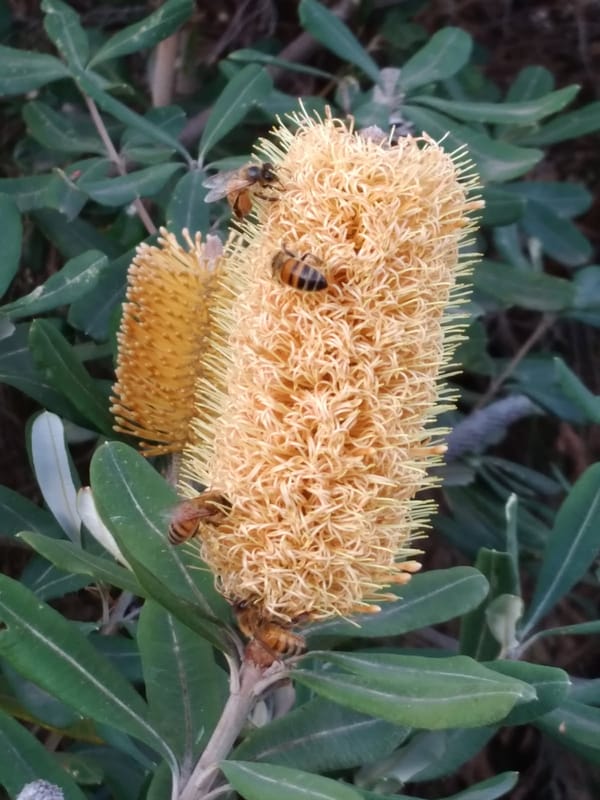9. Alluvial mining

The Chinese miners were mostly alluvial miners. Alluvium is the loose clay, silt, sand, or gravel that has been deposited by running water in a stream bed, on a floodplain or on an alluvial “fan”. Hence, alluvial miners worked relatively close to the surface as opposed to quartz miners. On the Waranga goldfields, the first places of interest would be in the gullies between the low hills, or on flatter areas that received run-off.
Obviously, the best sites for alluvial mining were taken up quickly in any gold rush, including those on the Waranga goldfields. Initially, a mining right entitled a person to mine 8 square feet (2.4 square metres). As the Chinese often operated in organised teams of men, each of the team could lay claim to their rightful parcel of land. When these were grouped together, the team could command quite a substantial area in which to mine.
Quartz mining involved considerable capital to excavate to greater depth. This was often done by companies as opposed to individuals or small groups of men. The Chinese tended to stick with alluvial mining even after most of the obvious areas for this had been explored. Sometimes, they reworked the slag heaps left by earlier miners in a profitable way, which gives an indication of their level of focus. It could also create some jealousy from the other miners, even though they had obviously been slipshod in their techniques when they first mined an area.
HARD WORK
There are numerous testimonials about the capacity of the Chinese miners for hard and persistent work to achieve their goals. For example, “The Chinese are partial to prospecting, and most indefatigable in their labours from daybreak until dark – the puddlers are usually ‘washing off’ by candlelight. The gold purchasers state that the greater proportion of alluvial gold is the product of Chinese labour. In every portion of the division, however secluded, if it had a puddle hole, one or more Chinamen is there rocking his cradle”1 and “The Chinese deserve the credit for being, as a body, the steadiest and most industrious workers…”2
In 1867, the Bendigo Advertiser was reporting that “…Chinese (who) have proved themselves to be admirable workers, and have been exceedingly lucky in striking gold.”3 It brings to mind the old adage that the harder you work, the luckier you get!
TRADITIONAL METHODS
The Chinese also tended to stick with their traditional methods even when many of the other miners moved on and became involved in quartz mining. As the other miners moved away from alluvial mining, the Chinese would often buy their equipment and take over abandoned sites. By 1861, the Colonial Mining Journal was reporting that “The Chinese are our principal puddlers, and are gradually purchasing the whole of this sort of property.”4
In 1868, at the Graytown (or Spring Creek) goldrush south of Whroo and Bailieston, “The Chinese, who are in considerable numbers at the north end of the rush, and who have been doing very well, still use the puddling tub and finish off with the cradle, in the old style.”5
By 1866, the Bendigo Advertiser was reporting that there were still about 21,000 Chinese alluvial miners in Victoria, nearly a third of the alluvial mining population. However, there were only 28 Chinese men known to be working in quartz mining at the time (less than 0.2%).6
METHODS
As hinted in the earlier quotations, the principal mining methods involved digging up the soil by hand using pick and shovel, using puddling “tubs” or puddling machines to initially break down the alluvium collected from mining sites, then using pans, cradles or other devices to do the final extraction of the gold.
Obviously, water was essential for these two processes. As stated previously though, access to water was problematic on the Waranga goldfields. Even though Whroo was sometimes referred to as the “wet diggings” as opposed the Rushworth’s “dry diggings”, in reality they were pretty much the same. There were times where no water was available on site. It had to be carted a considerable distance and used extremely sparingly. The alternative was to desert the field during a dry spell and come back after wet weather.
References: 1 The Age 20.7.1859; 2 Bendigo Advertiser 25.5.1866; 3 Bendigo Advertiser 26.8.1867; 4 Colonial Mining Journal 8.9.1861 p 189; 5 The Argus 26.11.1868; 6 Bendigo Advertiser 25.6.1866




